UPDATE: Greece, June 2024 – Added Catocala nymphaea to my list of photographed Erebid “underwings”.
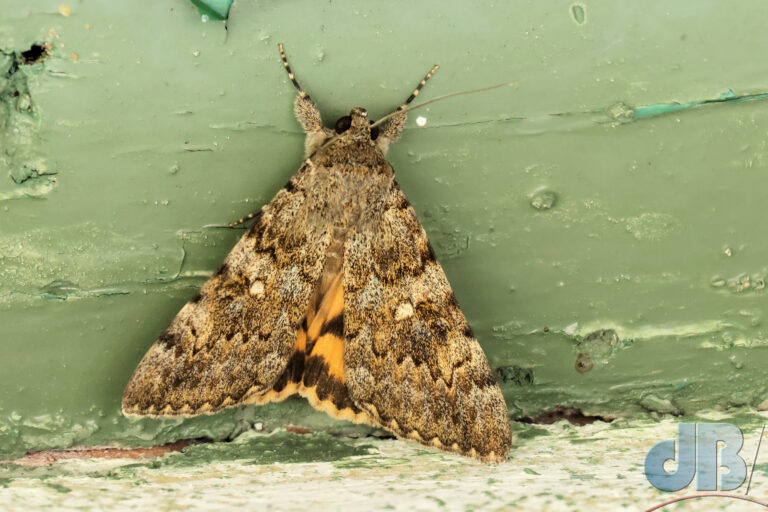
UPDATE: New Forest, 25 Aug 2022 – I finally trapped the Light Crimson Underwing (Catocala promissa) at our holiday house in North Poulner, Hampshire, which completes the British set for me, I believe. There’s a short video clip of the LCUW on the Sciencebase Instagram, with Going to the Chapel as the background music for good reason.* In the summer of 2023, Adrian Matthews caught an LCUW in Chesterton, a first for Cambs.
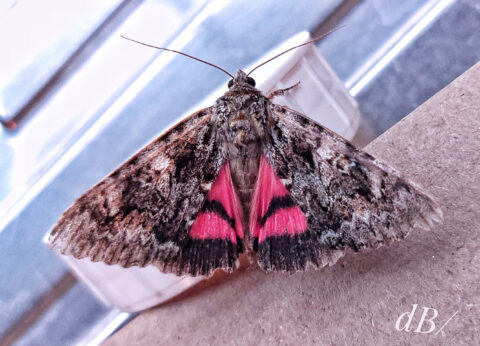
The Catocala moths are a group of relatively large moths in the family Erebidae. They are often known as “underwing moths” because of the intriguing colours and patterns of their hindwings, which are usually hidden from view under the forewings while the moths are at rest and only revealed either in flight or when the insect is startled.
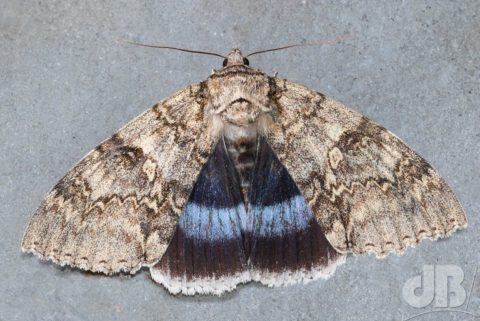
Not to be confused with dozens of others species in the Noctuidae that have the word underwing as part of their common name (e.g. Yellow Underwing, Straw Underwing, etc) and Geometridae (Orange Underwing).
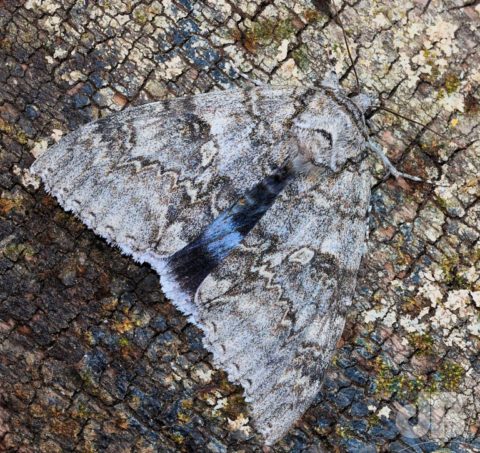
These large Catocala underwings are not common in The British Isles and where they are known are often localised to particular niches. In my time mothing since late July 2018, I have trapped, photographed and released three of the group: Red Underwing, Dark Crimson Underwing, and the (once extinct here) Clifden Nonpareil (the Blue Underwing). Actually, I had the Red in the garden in 2019 and then saw it a few days later on a camping trip to the eastern coast of Norfolk.
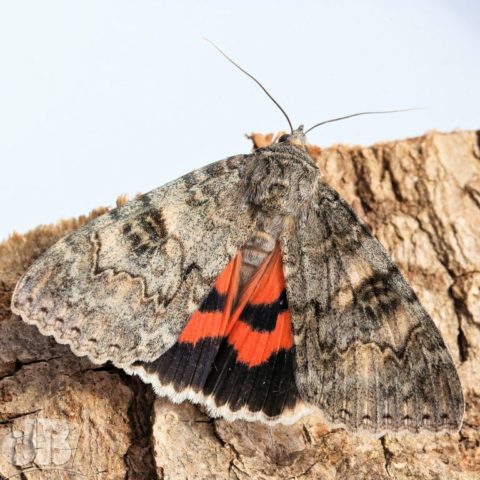
I am yet to see the Oak Yellow Underwing, the Rosy Underwing, the Minsmere Red Underwing, or the French Red Underwing. There are 30 Catocala species in Europe and 250 globally.
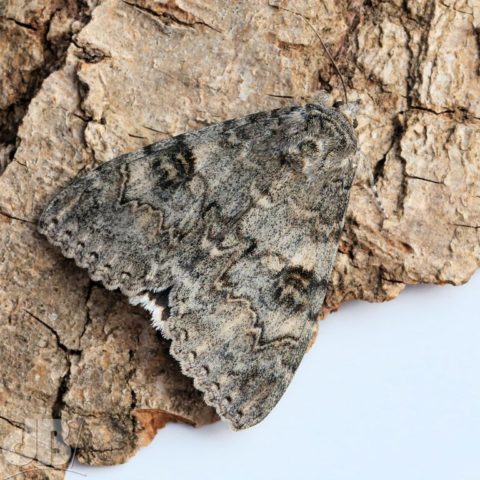
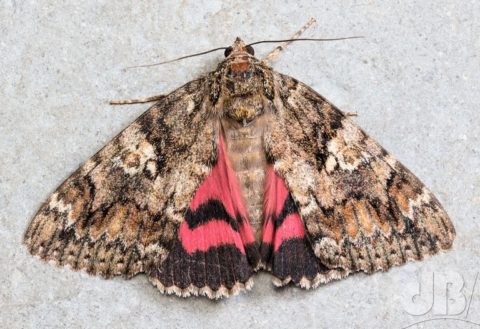
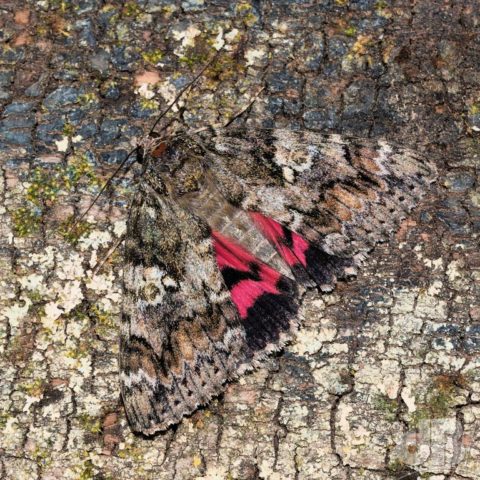
*Interesting to note that they all have scientific names alluding to nuptials and wedding nights. The naturalists who named them, whimsically imagining that the brightly coloured hindwings were like a bride’s brightly coloured bloomers! So we have C. sponsa, C. nuptia, and C. promissa. The Clifden Nonpareil is the exception, its scientific name, C. fraxini, alluding to the ash tree, wholly inappropriately as its food plant is the aspen.
More moths, birds, and other nature shots via the Sciencebase Instagram, please join me there.